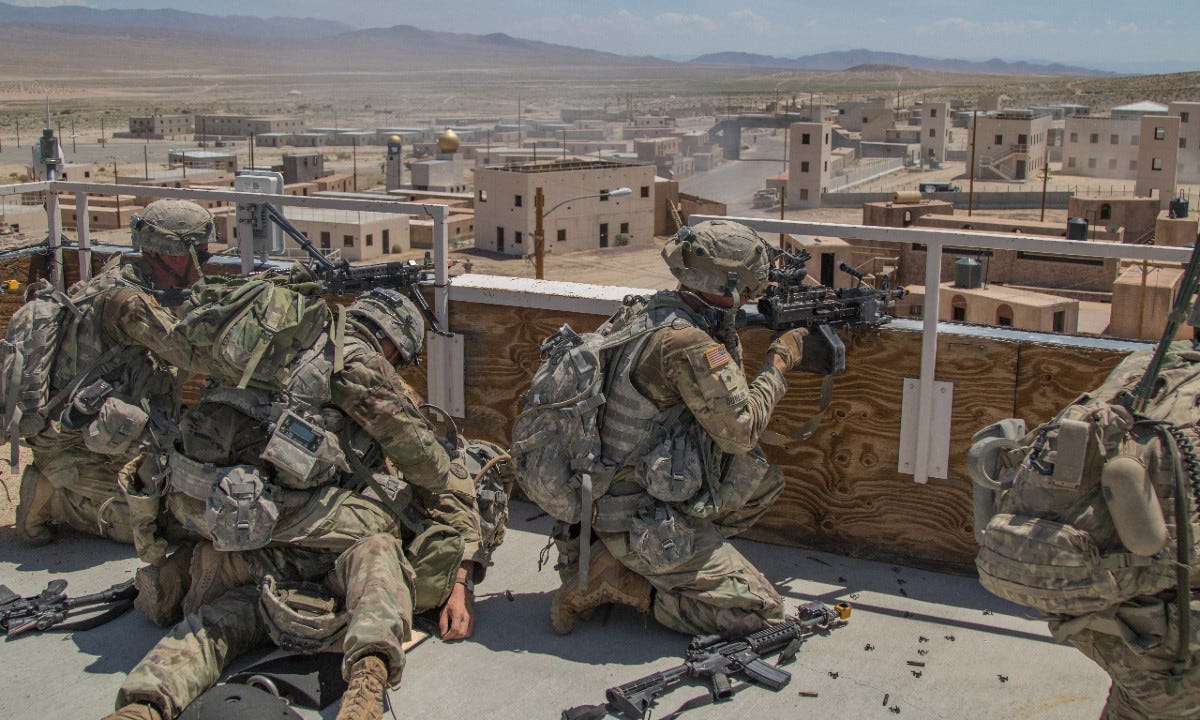The Use of Subsonic Ammunition in Urban Environments
Subsonic ammunition, known for its reduced velocity and quieter discharge, offers distinctive advantages in densely populated areas.
The urban environment presents unique challenges and considerations for the use of firearms, particularly concerning the type of ammunition. Subsonic ammunition, known for its reduced velocity and quieter discharge, offers distinctive advantages in densely populated areas. Here, I will explore the rationale behind the use of subsonic ammunition in urban settings, consider its impact on safety, noise reduction, and its effectiveness in potential defensive scenarios.
Understanding Subsonic Ammunition
Subsonic ammunition is designed to travel at a velocity below the speed of sound, thereby avoiding the sonic boom associated with supersonic rounds. This characteristic results in a quieter shot, which is particularly advantageous in urban areas where noise can be a significant concern. The physics of subsonic ammunition also affects its trajectory and stopping power, aspects that are crucial in close-quarters urban environments.
In densely populated urban areas, the noise reduction offered by subsonic ammunition is a primary benefit. Loud gunshots can cause panic, attract undue attention, and increase the risk of collateral damage through public alarm. Subsonic ammunition mitigates these risks by significantly reducing the sound level of a discharge, making it a preferred choice for discrete operations by the military, law enforcement, and civilians alike.
One of the significant concerns in an urban setting is the risk of over-penetration, where a bullet passes through its intended target and potentially harms bystanders or damages property. Subsonic ammunition, with its lower velocity, is less likely to over-penetrate, thereby reducing the likelihood of unintended collateral damage.
Subsonic ammunition is particularly effective when used in conjunction with suppressors. Suppressors, also known as silencers, further reduce the noise of a gunshot. When combined with the already quieter discharge of subsonic rounds, the overall sound level can be significantly minimized, which is highly beneficial in operations where discretion is necessary.
Urban environments often entail close-quarters engagements. In such scenarios, the slightly reduced range of subsonic ammunition compared to supersonic rounds is less of a disadvantage. Moreover, the reduced recoil and improved control offered by subsonic rounds can enhance accuracy in stressful, close-range situations.
For the military and law enforcement officers operating in urban environments, the use of subsonic ammunition can be advantageous in specific scenarios. It allows for more discreet operations, especially during night-time, and reduces the risk to innocent bystanders in crowded areas. However, the decision to use subsonic ammunition must be balanced with considerations of stopping power and situational demands.
Despite its advantages, subsonic ammunition has limitations. Its reduced velocity can mean less stopping power, which might not be suitable in all defensive situations. Additionally, the altered trajectory of subsonic rounds requires specialized training and adjustment in shooting practice, which can be a barrier for some users.
Effective use of subsonic ammunition, especially in high-stress urban environments, requires proper training and familiarization. Users need to understand the ballistic characteristics of these rounds and adjust their aiming and shooting techniques accordingly. Regular practice is essential to ensure proficiency and confidence in using subsonic ammunition effectively.
In conclusion, the use of subsonic ammunition in urban environments offers distinct advantages, primarily in terms of noise reduction and reduced risk of collateral damage. Its compatibility with suppressors and effectiveness in close-quarters scenarios make it a viable option for certain military, self-defense and law enforcement situations. However, the choice to use subsonic ammunition must be informed by an understanding of its limitations and accompanied by appropriate training and experience.
As urban landscapes continue to evolve, the role of subsonic ammunition in ensuring public safety and operational discretion remains a topic of significant relevance.







